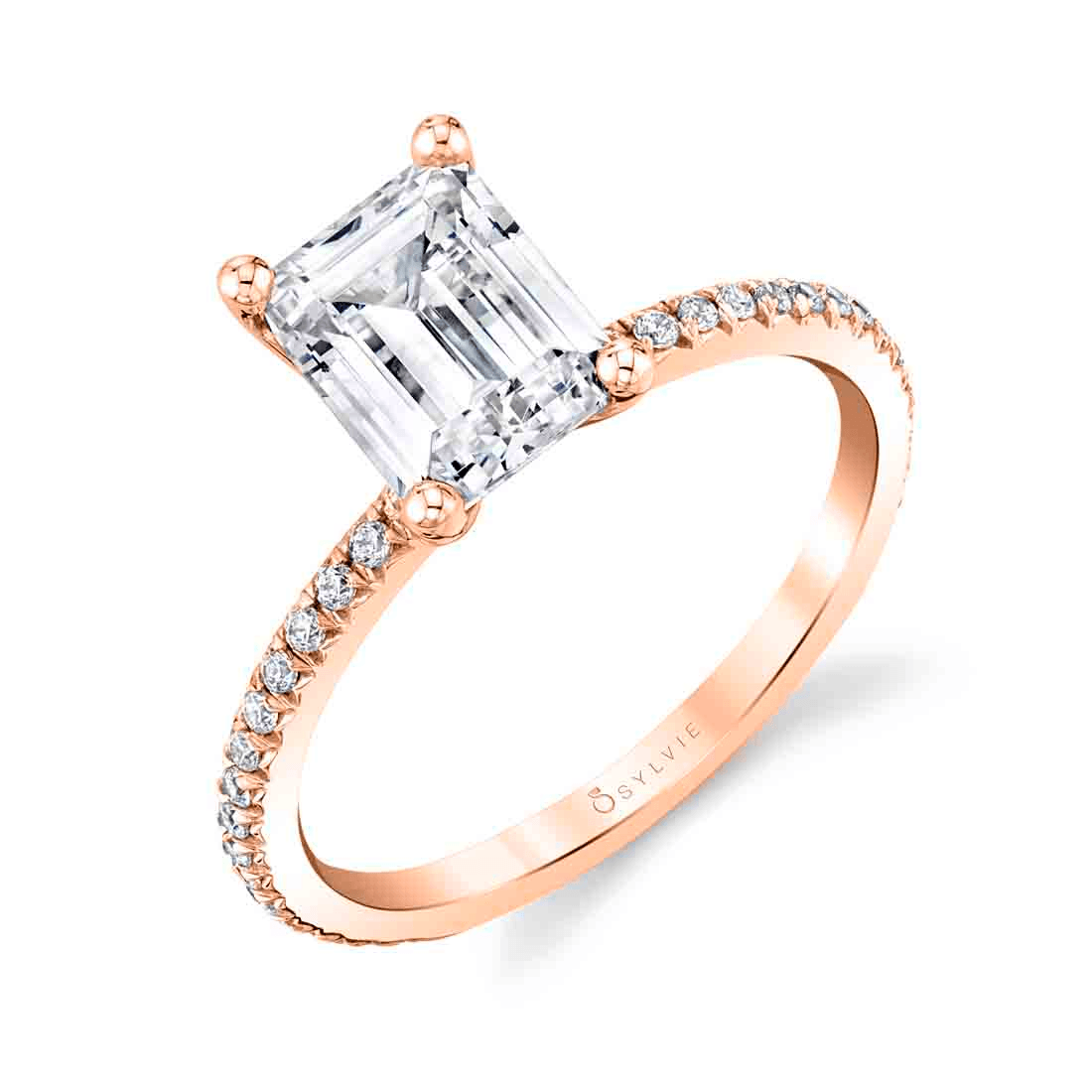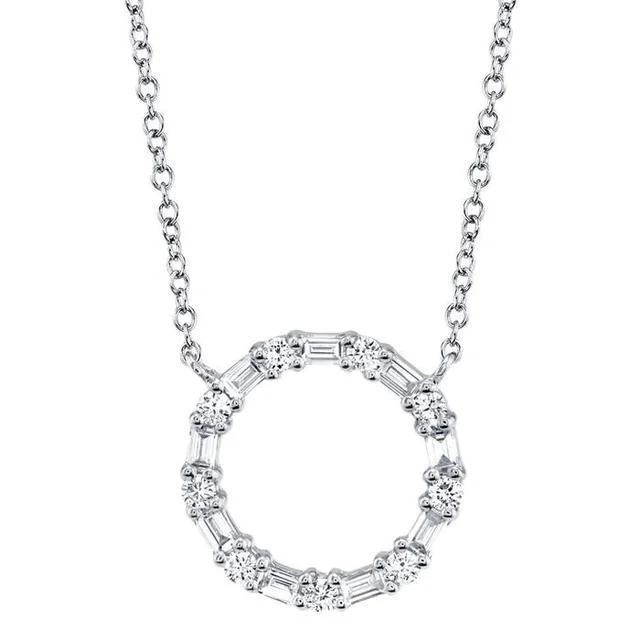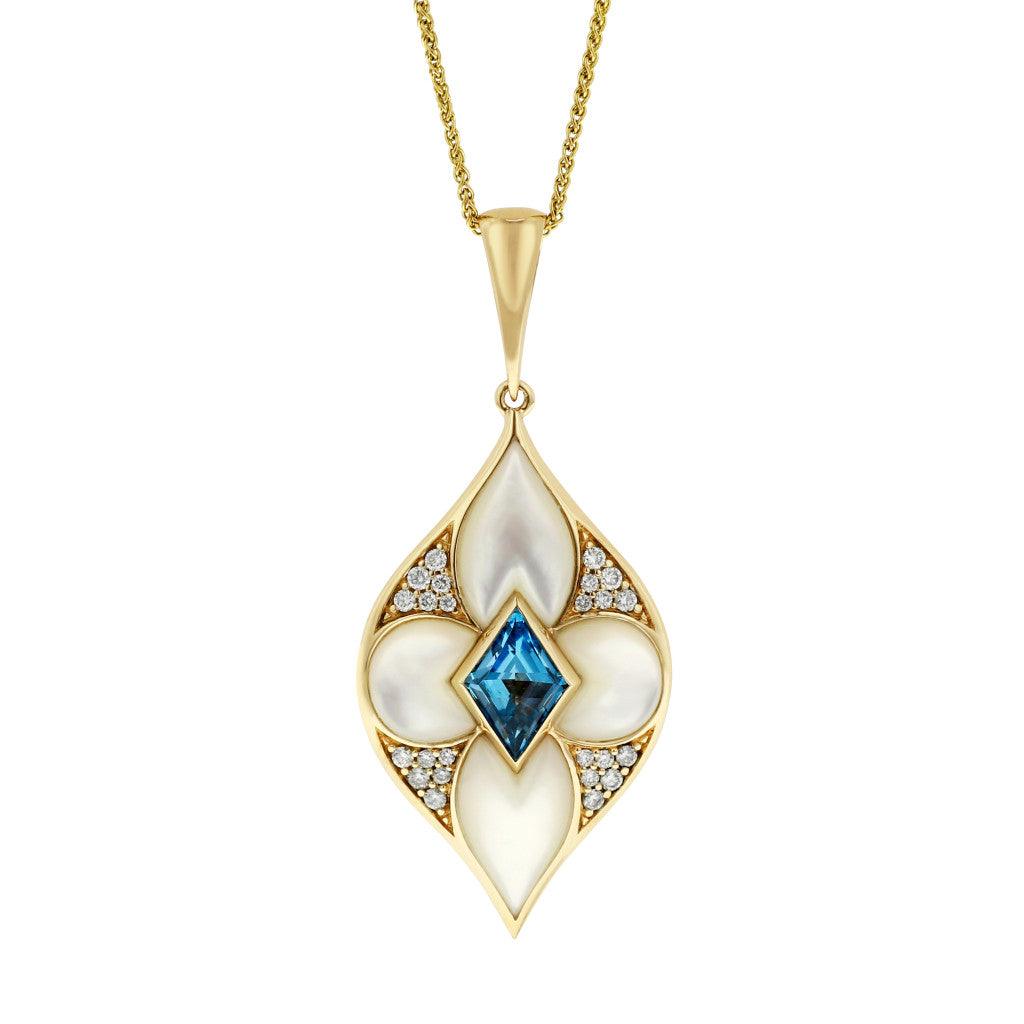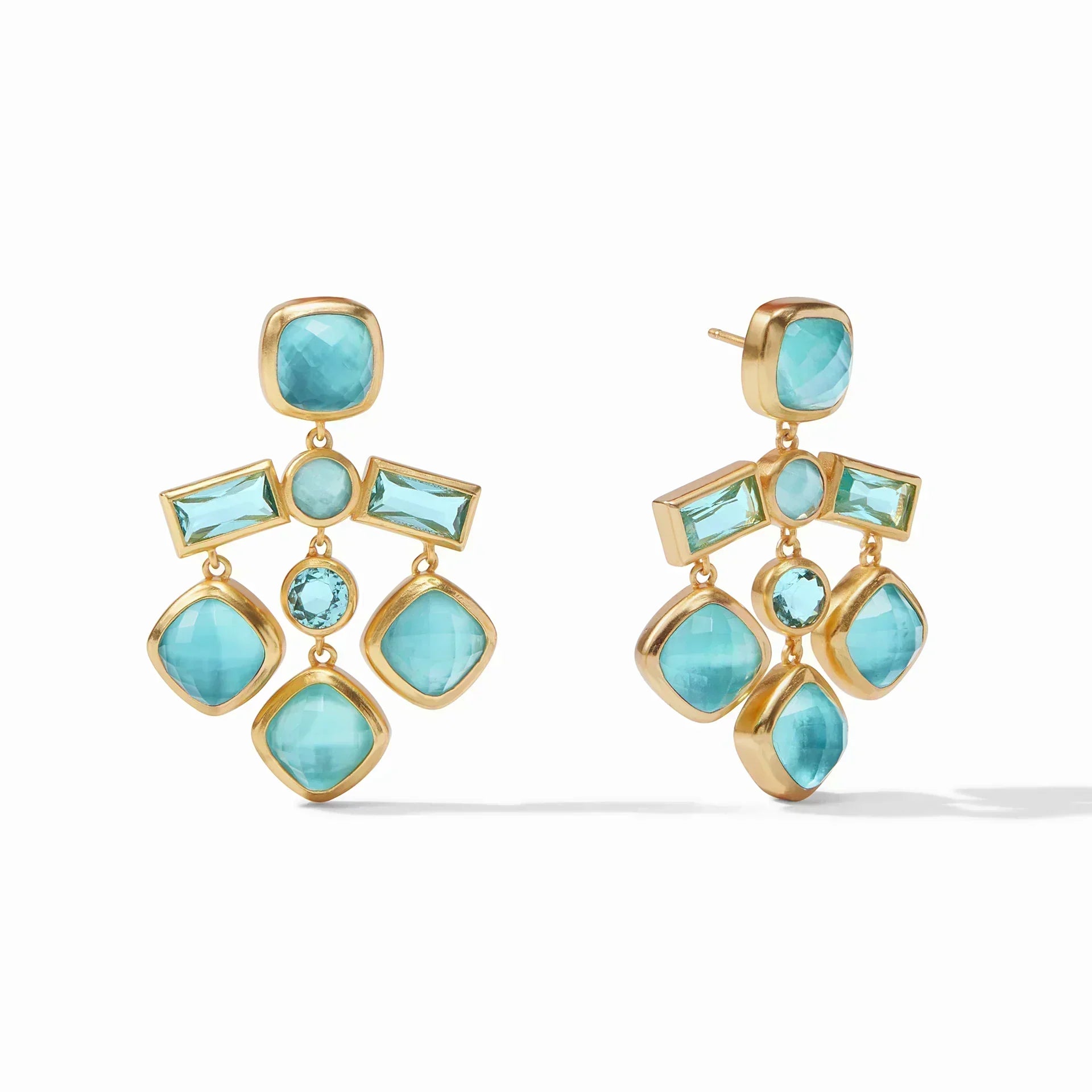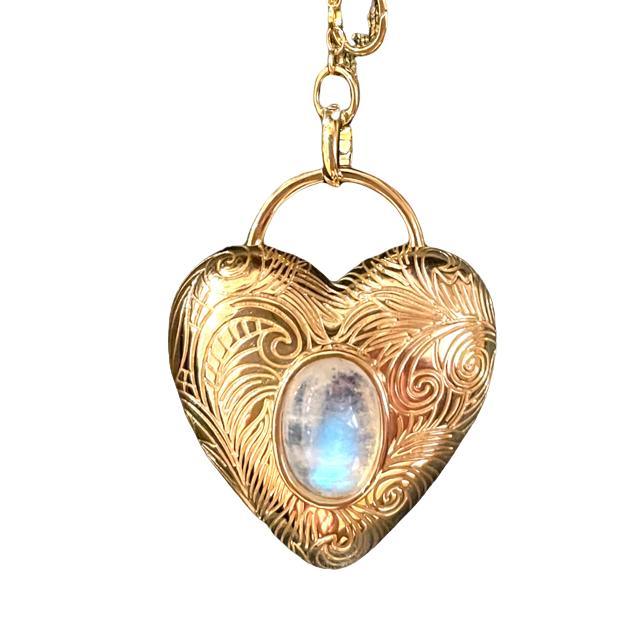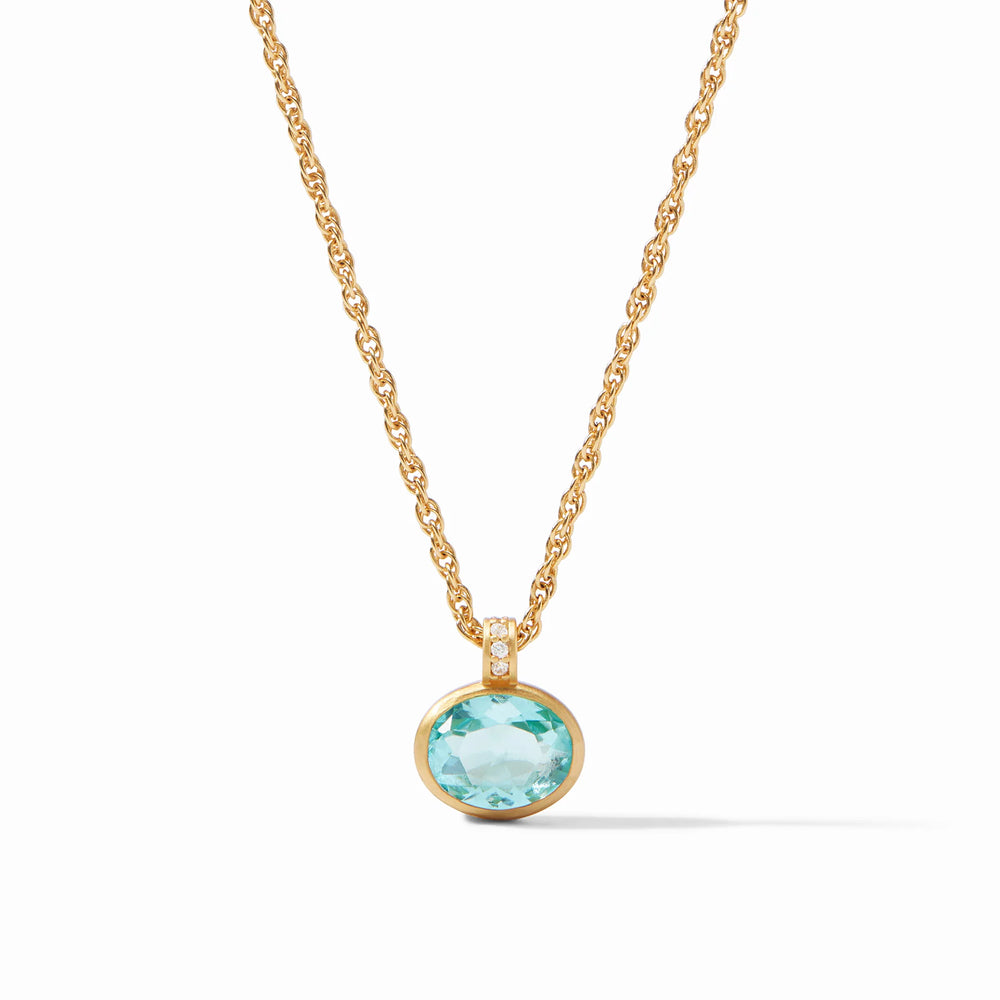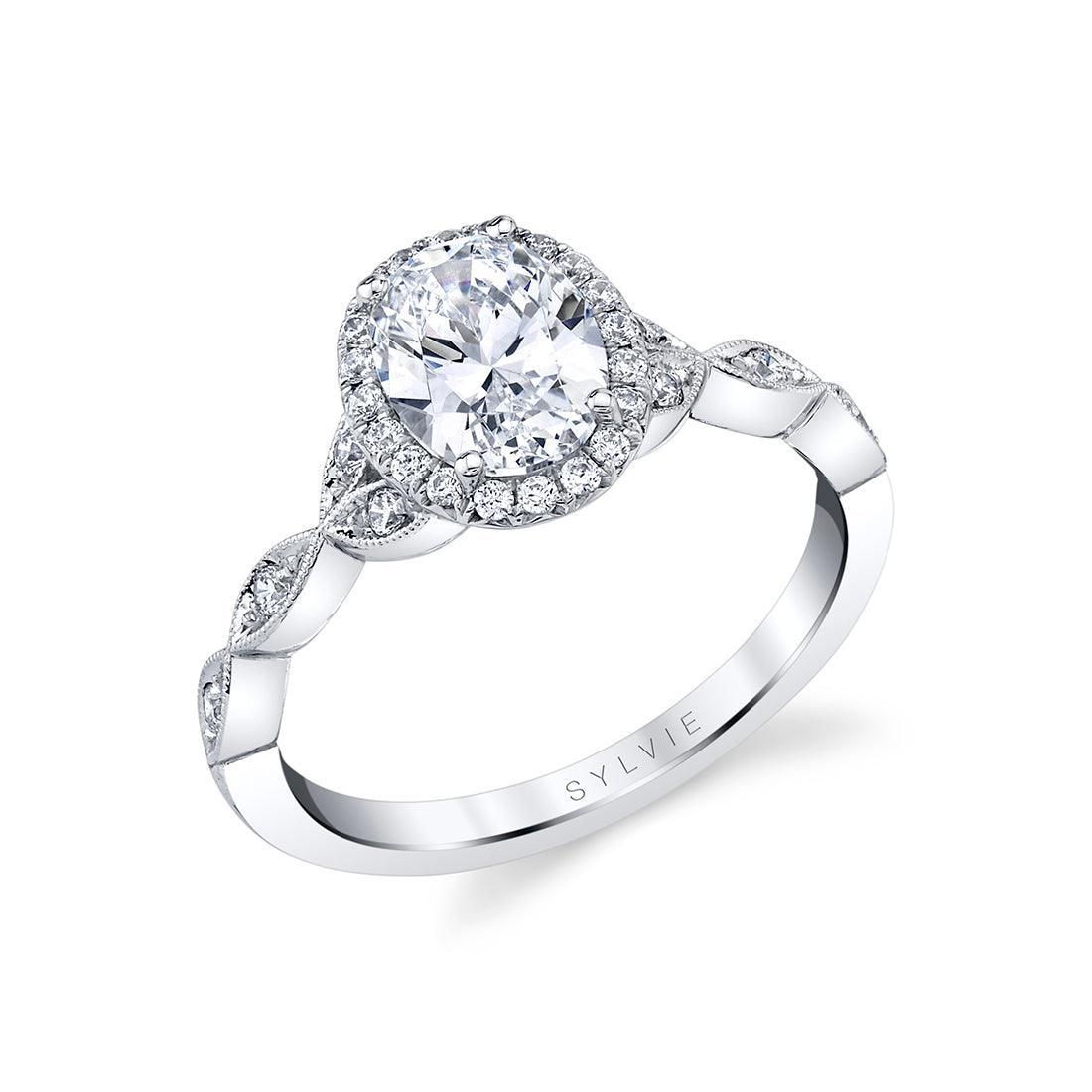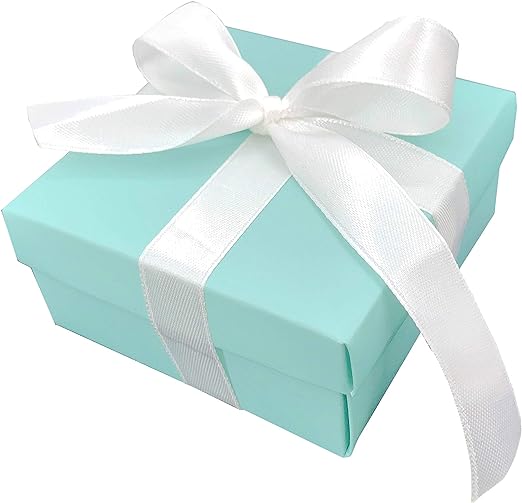Diamond Alternatives: Sustainable, Ethical....and Gorgeous!
Diamond alternatives, also known as diamond simulants, present a multitude of advantages over traditionally mined diamonds. These alternatives offer an ethical, sustainable, and eco-friendly way to enjoy exquisite jewelry. They possess a timeless style and durability that rivals that of traditionally mined diamonds. In fact, depending on the alternative chosen, it may require specialized equipment for a jeweler to discern any difference between the simulant and a natural diamond.
And since these alternatives are meticulously crafted in a lab, wearing them provides a sense of assurance that you are contributing to the well-being of people worldwide and the protection of our planet.
What are the types of Diamond Alternatives?
Moissanite
Moissanite was discovered in Arizona in 1893 by French chemist and Nobel prize winner Ferdinand Frederick Henri Moissan. Moissan encountered a crater from a meteorite that had fallen to earth. In the crater, he noticed a shiny substance that resembled diamonds. On further inspection, the shiny particles weren't diamonds at all, but a by product of star dust, that we now call Moissanite. And because Moissanite is so rare, it is now created in a lab, which makes it the perfect ethical and sustainable choice for those who want the look of a traditional diamond at a fair price.
And if you think diamonds are sparkly, imagine a stone created from "star dust"! Having optical properties similar to or superior to diamonds, moissanite makes a beautiful alternative to a traditional diamond. It is known for its rainbow reflective properties and will light up any piece of jewelry.
Not only is it beautiful, it is strong enough for everyday wear and is easy to clean.
Cubic Zirconia
Arguably more familiar than Moissanite, Cubic Zirconia has been a sought-after alternative since the 1980s. It's likely that most individuals have owned a piece of jewelry containing Cubic Zirconia at some point in their lives.
How does Cubic Zirconia distinguish itself from mined diamonds? Diamonds may possess subtle imperfections affecting their clarity or color due to their natural formation process within the Earth. In contrast, Cubic Zirconia is created in a controlled environment, leaving it virtually flawless. Additionally, Cubic Zirconia exhibits a slightly lower refractive quality compared to diamonds or Moissanite.
While not as resilient as its counterpart Moissanite, Cubic Zirconia offers greater affordability and can serve as the centerpiece of any exquisite piece of jewelry.
Benefits of Choosing a Diamond Alternative:
Affordability
Who wouldn't want to wear a splendid piece of jewelry at a reasonable price? If your focus is on the "beauty value" rather than the "monetary value," opting for a diamond alternative is a triumph for both you and the environment.
Reduced Carbon Footprint
The diamond industry has left a substantial carbon footprint, with emissions stemming from mining, processing, and transportation.
No Mining Required
Diamond mining exacts a toll on the environment, resulting in the destruction of natural habitats, soil degradation, and pollution of surrounding water sources.
Human Rights Considerations
Conventional diamond mining is associated with worker exploitation, including forced labor, child labor, harsh working conditions, and meager or non-existent wages, alongside instances of mutilation and assault.
Conflict-Free
The diamond mining industry has a long-standing association with armed conflicts worldwide, often linked to "blood diamonds." These diamonds are mined and sold to fund global conflicts. Learn more about conflict-free diamonds here.
Water Street Jewelers is committed to offering the highest quality conflict-free diamonds and diamond simulants. Whichever option you choose, you can wear your pieces with the knowledge that you're making a sustainable, ethical, and beautiful choice.
You can shop our selection of Diamond Alternatives here

